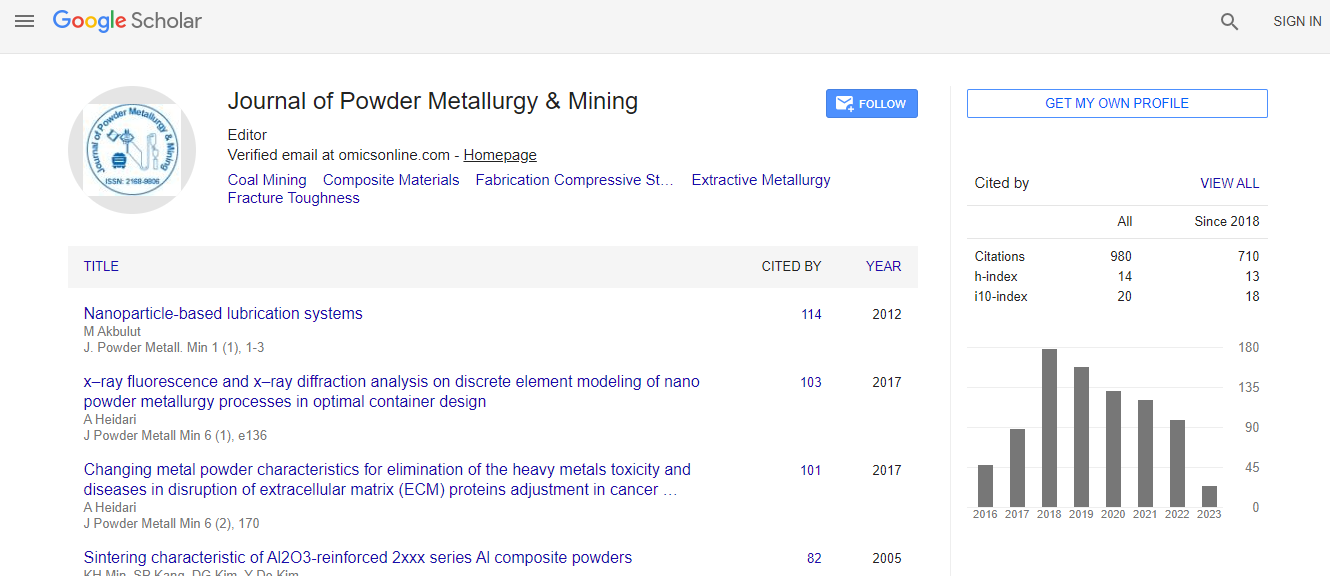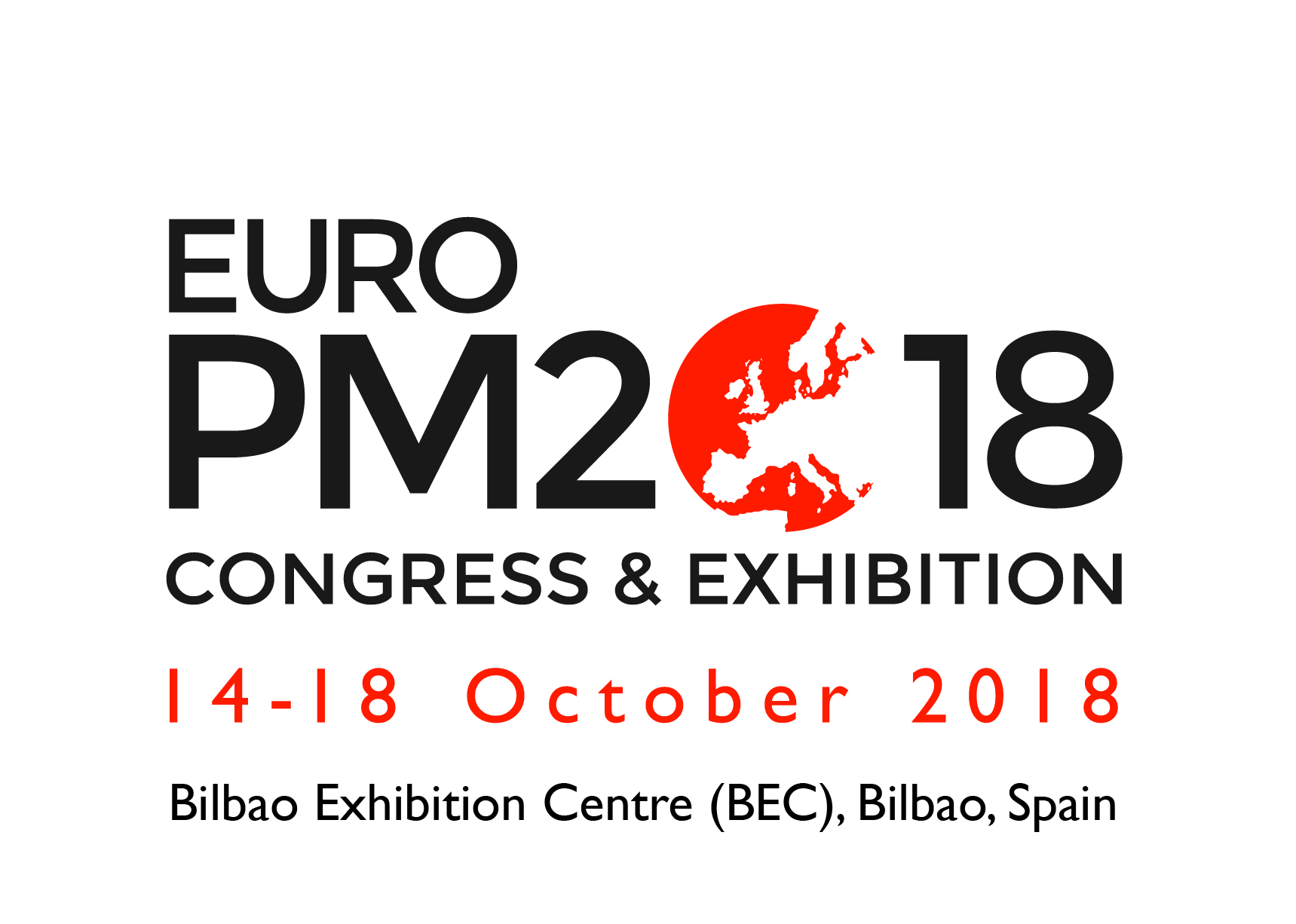Special Issue Article
New Method of Coal Comminution to Ultrafine Size
Greg Galecki*, Gul Akar and Sezai SenDepartment of Mining and Nuclear Engineering, Missouri University of Science and Technology, Rolla, MO, USA
- *Corresponding Author:
- Greg Galecki
Department of Mining and Nuclear Engineering
Missouri University of Science and Technology
Rolla, MO, USA
E-mail: ggalecki@mst.edu
Received Date: January 15, 2013; Accepted Date: January 17, 2013; Published Date: January 26, 2013
Citation: Galecki G, Akar G, Sen S (2013) New Method of Coal Comminution to Ultrafine Size. J Powder Metall Min S1:005. doi: 10.4172/2168-9806.S1-005
Copyright: © 2013 Galecki G, et al. This is an open-access article distributed under the terms of the Creative Commons Attribution License, which permits unrestricted use, distribution, and reproduction in any medium, provided the original author and source are credited.
Abstract
Research into the use of coal for power generation has become more important to deliver next-generation
solutions for advanced coal cleaning technologies required by near-zero emissions. Comminution of coal with
waterjets to ultrafine particle size offers a new and promising method for producing coal-water fuel (CWF), which is a replacement for power generation products. In this paper the results of coal comminution in a waterjet-based mill are presented for the range of pressures up to 276 MPa using four groups of feed size ranging from minus 850 micrometers to less than 106 micrometers. The focus of studies was on particle size reduction and distribution. The results presented in this paper are part of ongoing studies of coal-water fuel optimization for power generation.

 Spanish
Spanish  Chinese
Chinese  Russian
Russian  German
German  French
French  Japanese
Japanese  Portuguese
Portuguese  Hindi
Hindi 

